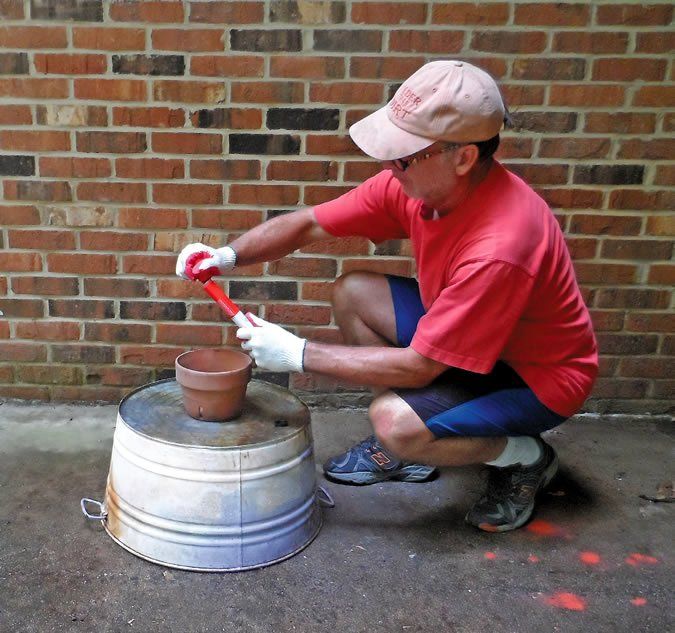Weve been enjoying desert-dry gasoline for five years, courtesy of silica gel vent driers from H2OUT (see EPA Mandate Sparks Fuel-Vent Filter Test, Practical Sailor, January 2013). As a result, carburetor corrosion and jet plugging have been eliminated. PS diesel testers have report reduced condensate water and corrosion. We tested H2Out space driers against desiccan’ts and dehumidifiers (Dehumidifier Field Tests, Practical Sailor, June 2017) and concluded they had insufficient capacity for cabin drying. However, we quietly put one to work, protecting our flares. Although marine signal flares are waterproof, are packaged in plastic bags, and include deliquescent ingredients in the formulation, it is well known that by the expiration date, as many as half will not function. When we cleaned out our new-to-us boat 10 years ago, we discovered a package of four Orion Hand Held Signal Flares stored in a damp transom locker. They looked shaky, so we tested them, still a year short of expiration. Three of the four flares lit, but only one burned properly. The others sputtered, one going out and the other burning long and dull. This time, with fresh flares, we included an H2OUT SD109 space drier inside the bag and stored them in a dry cabin locker.
Test Results

The result? After 5 years, the flares are still like new. The silica gel had begun to change color, perhaps 20% spent, but the flares were protected and functioned perfectly (four out of four). The canister can be regenerated repeatedly (100 times-certainly a lifetime) by placing in a 300F oven for 2 hours. (If your flare packaging will not fit the space drier, over-pack it with a large Ziploc bag or use the smaller SD106 drier.

H2OUT is not the only vendor of silica gel drying packs. The dehumidifying capacity per cubic inch of desiccan’t is generally similar for all, the big differences being the ruggedness of the packaging and the acceptable recharging conditions: plastic containers are generally recharged in the microwave, while metal containers go in an oven set to low. We are currently testing DryTop products, another rechargeable product for smaller applications.
Its not about cost; its about reliability. We recommend including a large gel pack, like this, in all sealed emergency kits. Large silica gel canisters can protect vital items for long periods, so long as the space is well sealed. Additionally, the color indicator provides visual confirmation that humidity remains low.







































